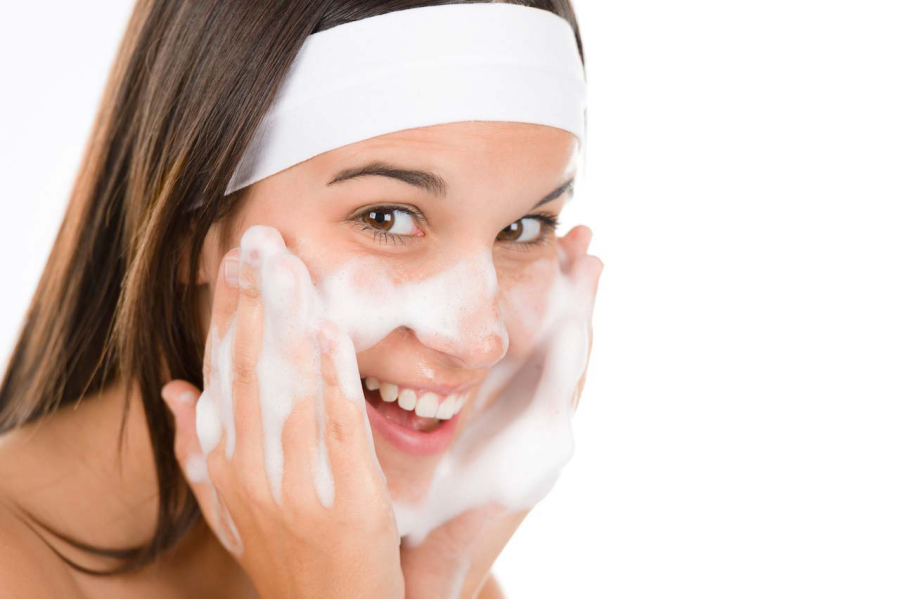What are the effects of using an unsuitable facial cleanser on dry skin?
Facial cleansers are designed to remove dirt, excess oil, and makeup, but choosing the wrong product, especially for dry skin, can be detrimental. Using an inappropriate cleanser can strip the skin of its natural oils, leading to a tight, dry, and even flaky feeling. If this persists, the skin may experience issues such as dermatitis or irritation, making it more sensitive.

Using the wrong facial cleanser can strip the skin of its natural oils, resulting in a tight, dry, and flaky feeling.
How to choose the right facial cleanser for dry skin
To find the perfect cleanser for dry skin, it’s essential to understand your skin and opt for products that can maintain moisture. Steer clear of cleansers containing sulphates, alcohol, or parabens, as these can dry out the skin. Ideal ingredients in a cleanser for dry skin include:
Hyaluronic Acid: Attracts moisture from the air and binds it to the skin, keeping it supple.
Glycerin: Moisturizes the skin without clogging pores.
Ceramides: Strengthen the skin’s protective barrier, preventing moisture loss.
Niacinamide (Vitamin B3): Helps restore dry skin, combats signs of aging, and brightens the complexion.
Aloe Vera: Soothes and hydrates the skin without removing its natural oils.
Additionally, opt for a cleanser with a pH level between 4.5 and 5.5 to maintain your skin’s balance and prevent damage to its natural protective barrier.

Choose a cleanser with a pH level between 4.5 and 5.5 to keep your skin balanced and healthy.
How to properly use a facial cleanser?
For the best results, follow these simple steps when cleansing your face:
Step 1: Wet your hands and face before applying the cleanser.
Step 2: Dispense an adequate amount of cleanser into your hands, lather it up, and gently massage it onto your face in circular motions, avoiding harsh rubbing.
Step 3: Rinse your face thoroughly with warm water, ensuring no foam is left behind.
Step 4: Pat your face dry with a soft towel and use a toner to balance the pH of your skin, leaving it refreshed and moisturized.
Choosing the right cleanser and using it correctly will help protect and nourish your dry skin, keeping it soft and healthy.



































